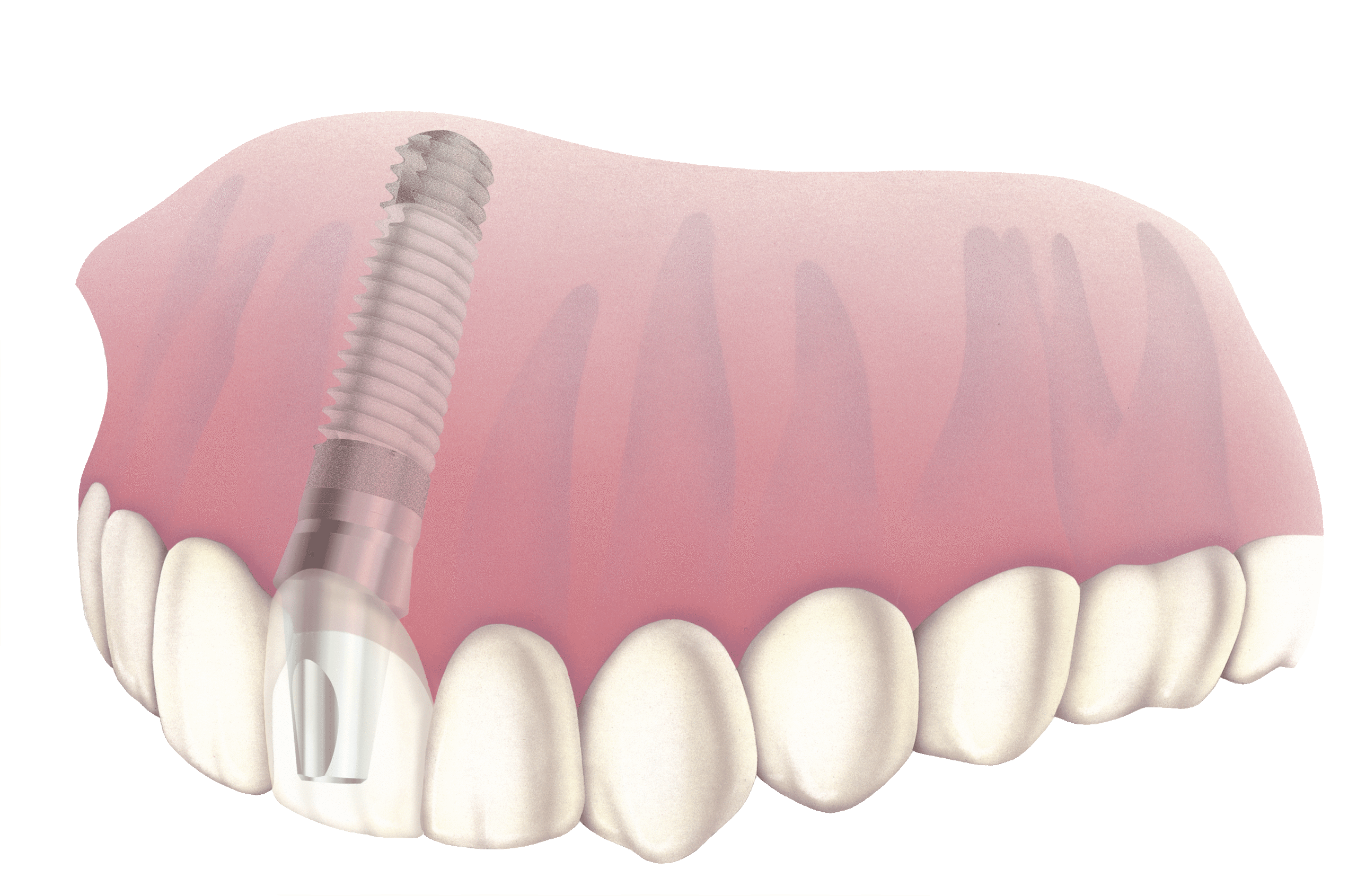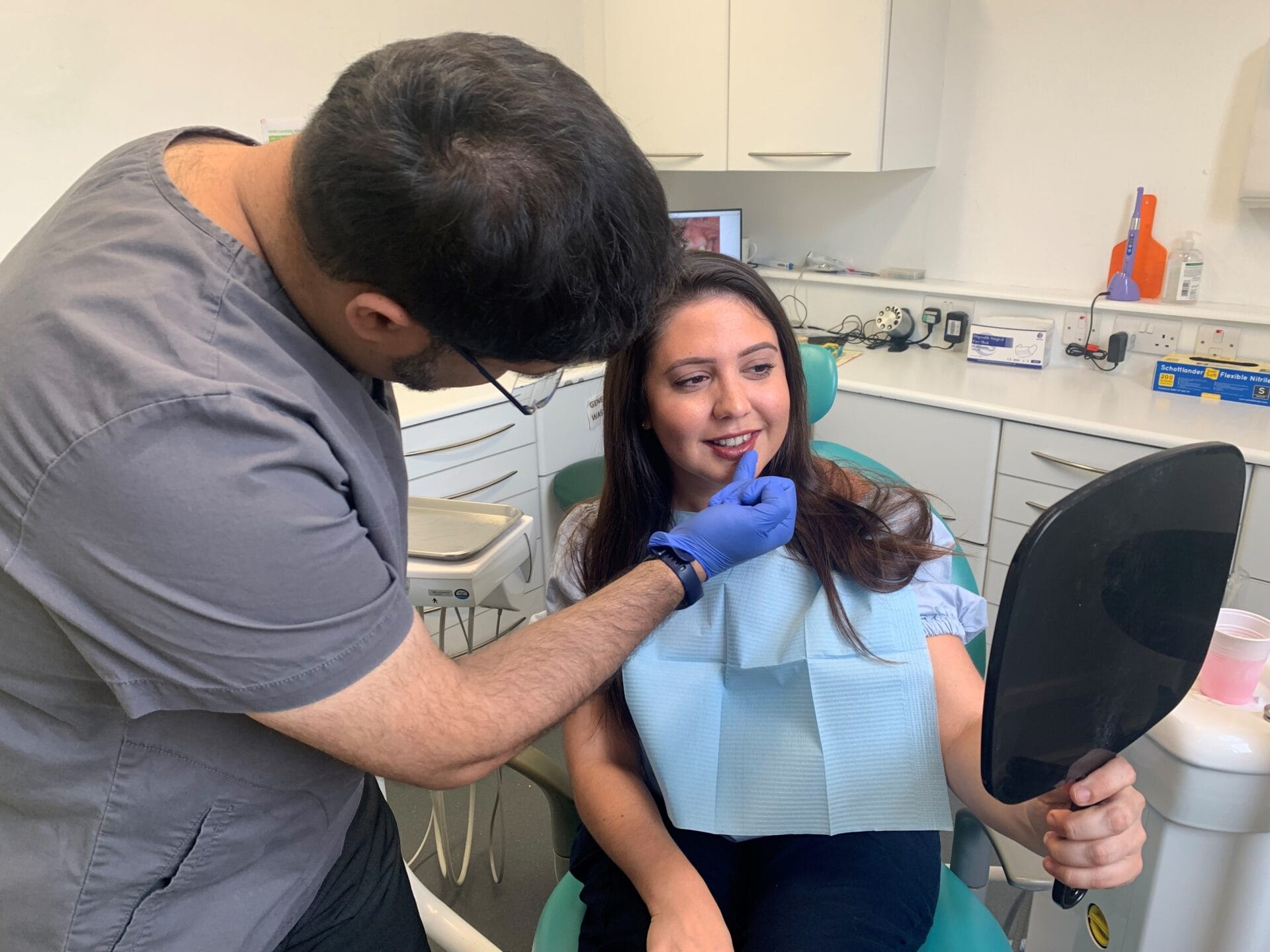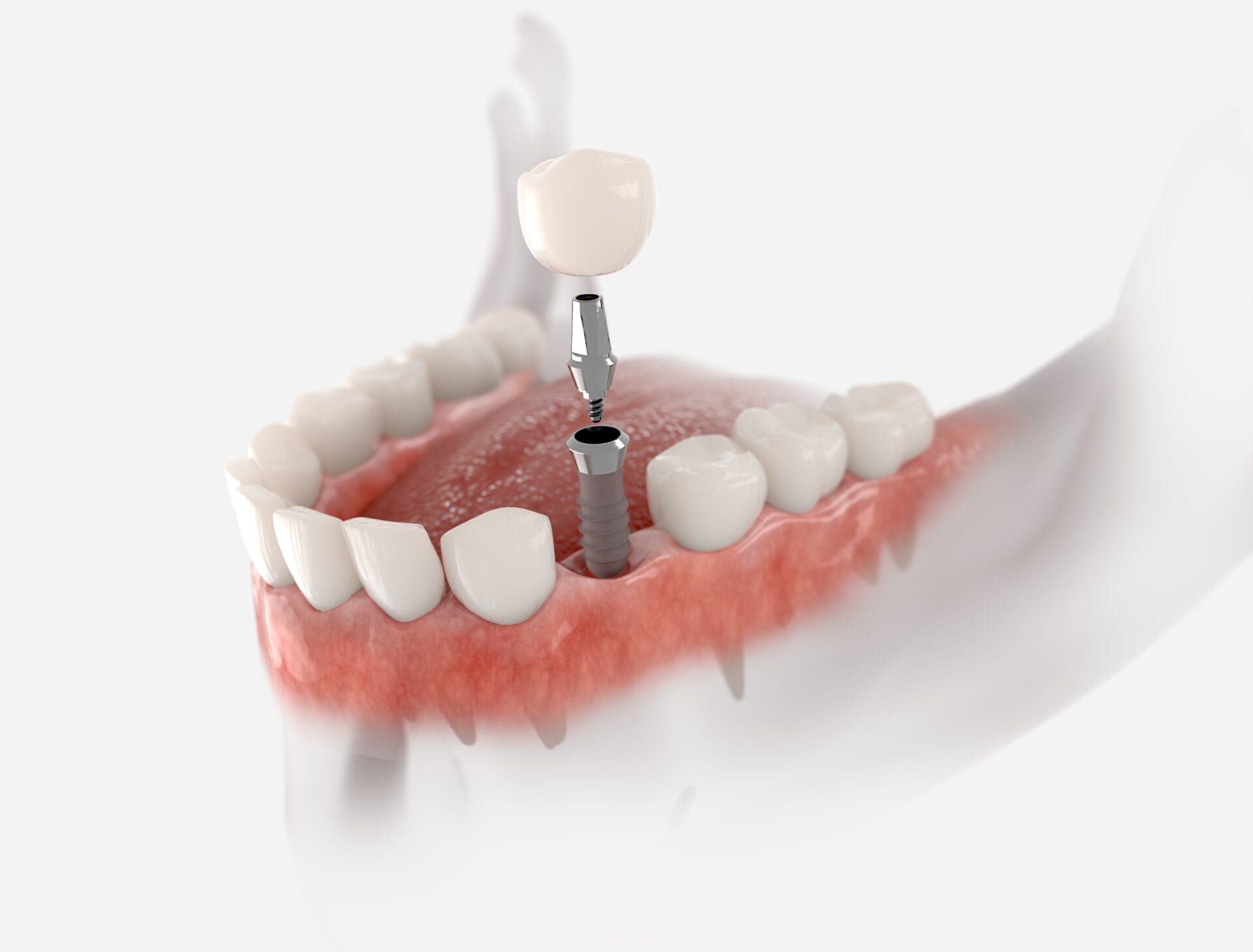Experience the most up to date Advancements in Oral Implants Technology
As the field of dentistry proceeds to progress, the developments in oral implant modern technology have been nothing short of remarkable. From using advanced materials that improve toughness to the application of digital imaging for specific positioning, these technologies are changing the landscape of oral treatment. With minimally intrusive medical methods and the personalization abilities of 3D printing, individuals now have actually accessibility to tailored solutions that were as soon as unbelievable. In addition, the assimilation of technology is transforming the functionality of oral implants, assuring enhanced end results and person satisfaction.
Advanced Materials for Boosted Toughness
In the world of dental implants modern technology, the integration of sophisticated products has actually substantially added to improving durability and durability of these critical dental prosthetics. The utilization of materials such as titanium alloys, zirconia, and ceramic substances has actually transformed the area by providing boosted biocompatibility, toughness, and resistance to rust.
Titanium alloys are extensively made use of in dental implants because of their phenomenal strength-to-weight proportion, deterioration resistance, and compatibility with the human body. These alloys guarantee the security and longevity of the implant by standing up to the pressures exerted during speaking and chewing, supplying a dependable service for people looking for resilient tooth substitutes.
Zirconia, a sort of ceramic product, has actually gained popularity for its biocompatibility and natural tooth-like appearance. Its high stamina and resistance to use make it an ideal selection for oral crowns and bridges, enhancing the overall aesthetic appeals and capability of the dental implant.

Digital Imaging for Specific Positioning
The advancement of oral implants modern technology has actually additionally advanced with the combination of electronic imaging methods, making sure exact placement of these prosthetics for optimal practical and visual results. Digital imaging plays a critical duty in the planning and placement of dental implants by offering detailed 3D images of the person's jawbone framework. This technology permits dental professionals to assess bone thickness, find vital frameworks, and prepare the precise position and angle for implant positioning with unmatched precision.
By making use of electronic imaging, dental experts can produce virtual surgical overviews that offer as a roadmap during the dental implant placement treatment. These overviews are tailored for every patient, considering their distinct makeup and the preferred result. This level of precision not only boosts the success rate of dental implant treatments however also minimizes the risk of difficulties.
In addition, digital imaging enables dental practitioners to imagine the last prosthetic remediation prior to the actual positioning of implants, enabling careful preparation and making sure that the outcome satisfies the patient's aesthetic assumptions. Overall, the combination of electronic imaging innovation has reinvented the area of dental implants, offering clients an extra foreseeable, effective, and patient-specific therapy approach.

Minimally Invasive Surgical Techniques


Improvements in medical techniques have brought about the advancement of minimally intrusive methods in the area of oral implantology. These techniques intend to lower injury to the individual, shorten recovery times, and boost general therapy results. Minimally invasive procedures involve smaller sized cuts, specialized instruments, and advanced imaging technologies to specifically put dental implants with marginal disturbance to surrounding tissues.
One key facet of minimally invasive strategies is using guided surgical procedure, where 3D imaging and computer-aided style software application are used to prepare the implant placement with terrific precision. This enables a more foreseeable outcome and can usually eliminate the need for extensive flap surgical procedure.
Furthermore, advancements in products and dental implant design have actually additionally contributed to the success of minimally invasive methods. Implants with enhanced surface area homes advertise quicker osseointegration, minimizing the recovery time needed prior to the prosthetic remediation can be positioned.
3D Printing for Custom-made Solutions
Utilizing 3D printing technology in dental implantology permits for the creation of extremely personalized click for more info remedies tailored to specific person needs and physiological variations. This cutting-edge innovation makes it possible for oral professionals to create and make oral implants with extraordinary accuracy and precision. By utilizing digital imaging techniques, such as cone light beam computed tomography (CBCT), comprehensive 3D versions of the client's mouth can be created to guide the implant preparing process.
One of the vital benefits of 3D printing in dental implantology is the capability to produce patient-specific implants that completely fit the special makeup of each person. This tailored method assists enhance the general success and durability of the implant by guaranteeing optimum fit and alignment. Additionally, 3D printing permits the production of complex geometries and intricate structures that would be challenging or impossible to attain making use of standard production approaches.
Furthermore, 3D printing modern technology makes it possible for dental professionals to streamline the implantation process, decreasing surgical treatment time and improving overall patient experience. With its capacity to produce tailored solutions promptly and successfully, 3D printing is reinventing the go to these guys field of dental implantology, offering people cutting-edge therapy choices and improved end results.
Integrated Modern Technology for Improved Performance
Executing innovative innovation in dental implantology boosts functionality and accuracy, raising the standard of treatment for people going through implant treatments. Integrated technology plays an essential role in improving the total success and longevity of dental implants. One vital development is the assimilation of electronic scanning and imaging innovations, such as cone-beam calculated tomography (CBCT) and intraoral scanners. These tools permit for detailed 3D imaging of the person's oral structures, helping with exact therapy planning and dental implant positioning.
Additionally, the combination of computer-aided layout and computer-aided manufacturing (CAD/CAM) technology allows the production of custom dental implant reconstructions with extraordinary precision. CAD/CAM systems make use of electronic impacts to design prosthetics that completely fit the individual's one-of-a-kind makeup, ensuring optimal comfort and functionality. Additionally, making use of robotic-assisted surgical treatment in implant placement improves precision and minimizes the risk of human error.
Conclusion
To conclude, the most current advancements in oral implants technology deal boosted resilience through advanced materials, precise placement with digital imaging, minimally invasive medical strategies, tailored options with 3D printing, and improved capability with integrated innovation - Dental implants Kent. These improvements in oral implants modern technology are changing the field and supplying individuals with even more effective and efficient treatment alternatives for recovering their smiles and oral health
The assimilation of modern technology is reinventing the functionality of oral implants, promising boosted outcomes and person complete satisfaction.
The advancement of dental implants modern technology has better advanced with the integration of electronic imaging strategies, ensuring exact placement of these prosthetics for ideal useful and aesthetic end results. Minimally invasive surgical treatments involve smaller incisions, specialized instruments, and progressed imaging technologies to exactly position dental implants with marginal interruption to bordering cells.
Executing sophisticated technology in dental implantology improves performance and accuracy, boosting the standard of treatment for patients undertaking dental implant procedures. Dental implants Kent. Integrated innovation plays an important duty in improving the total success and sturdiness of visit their website dental implants